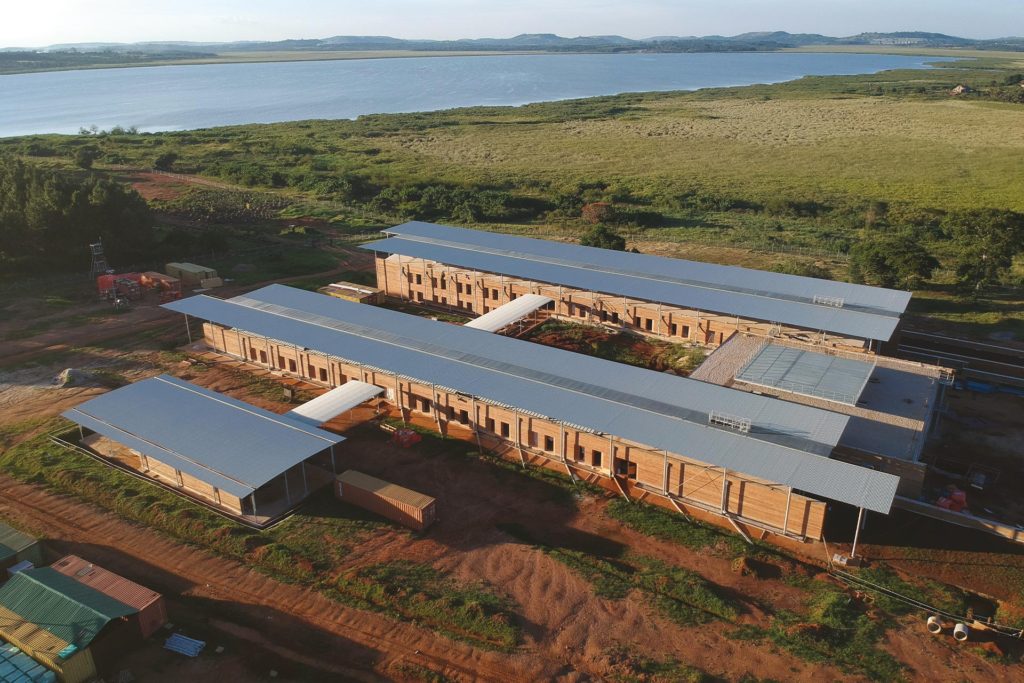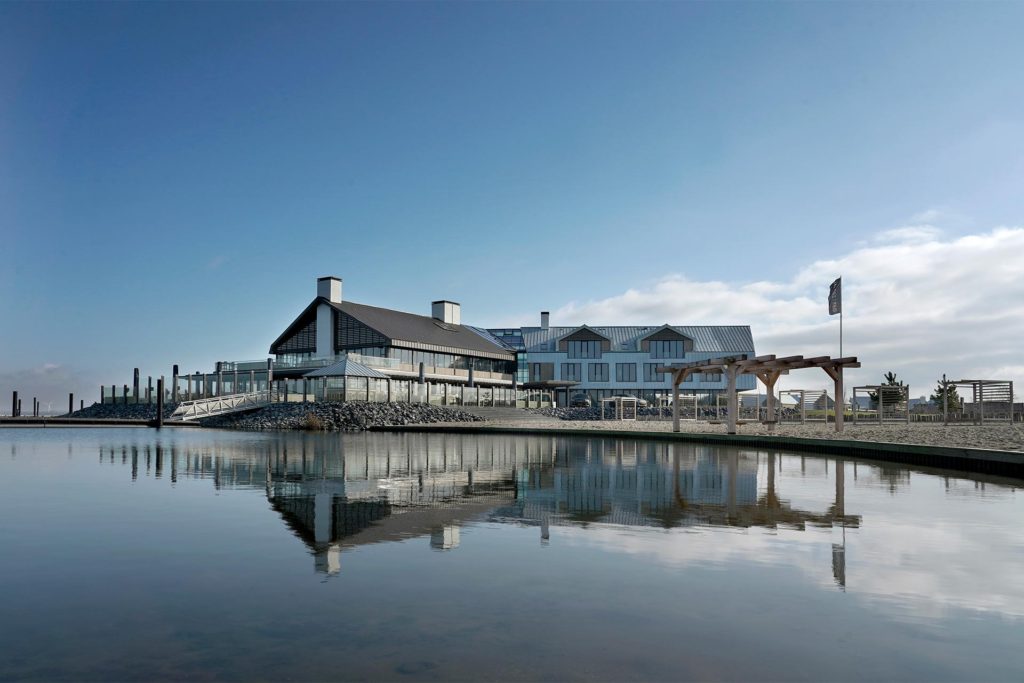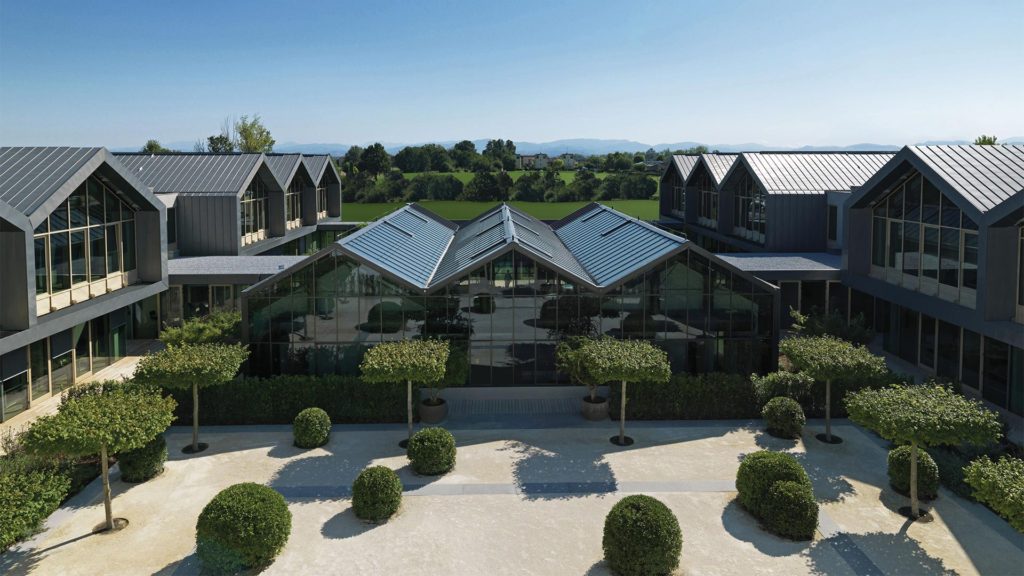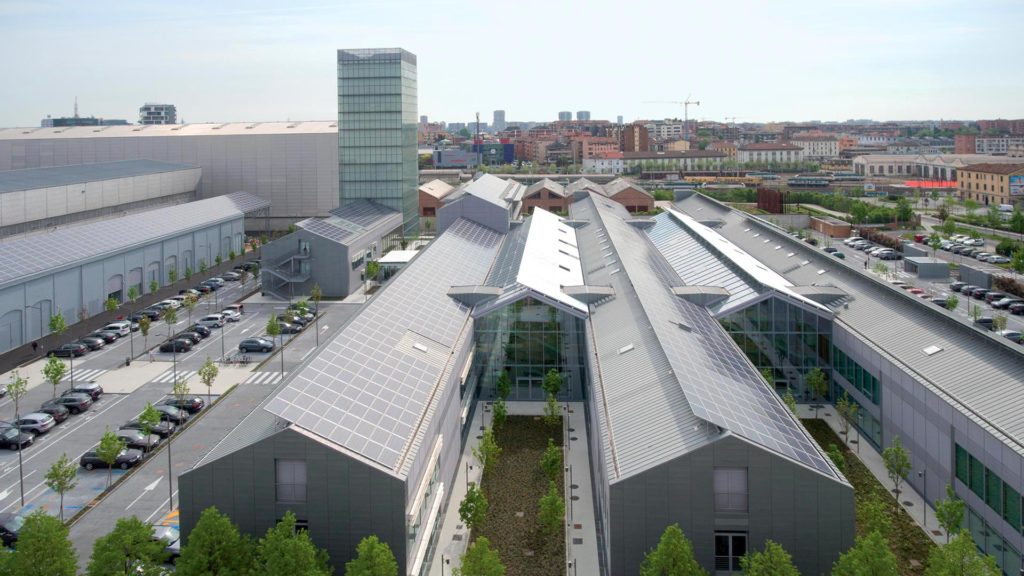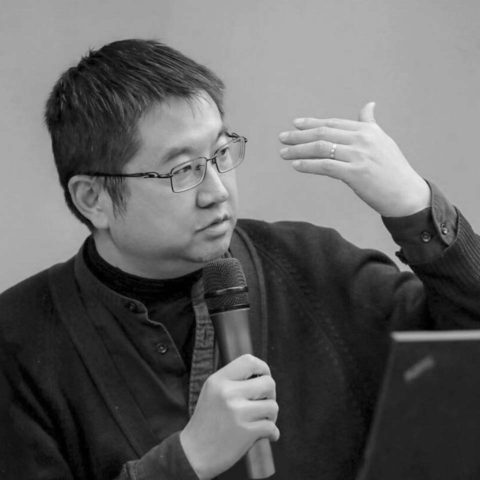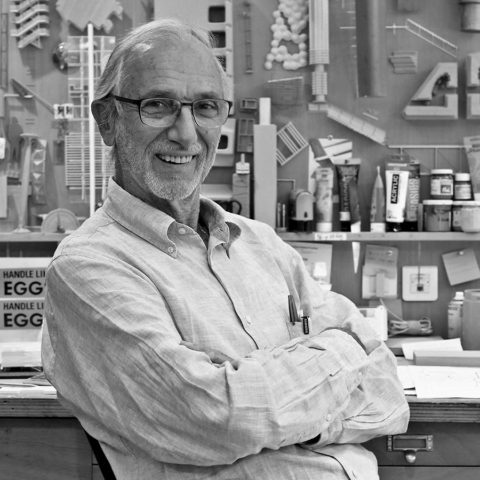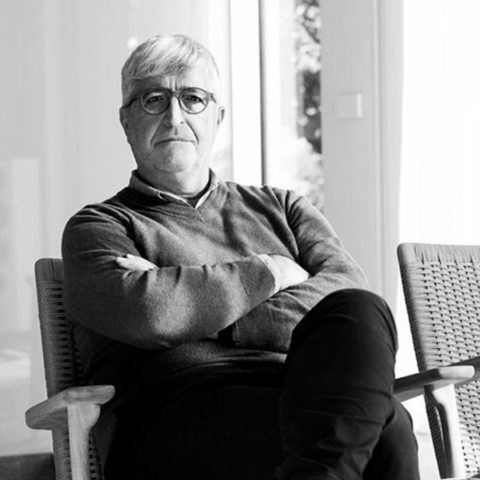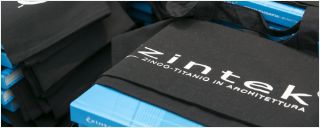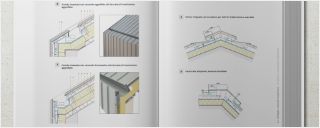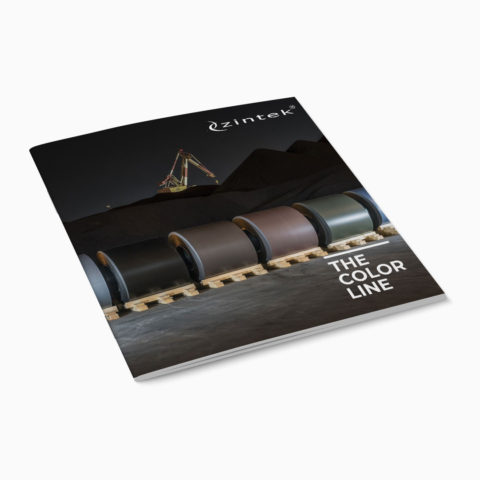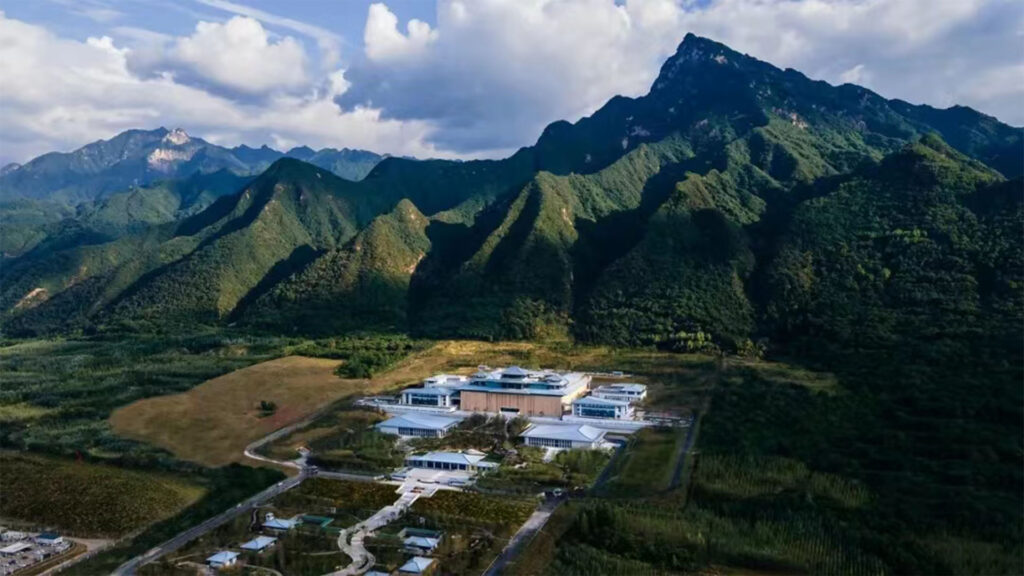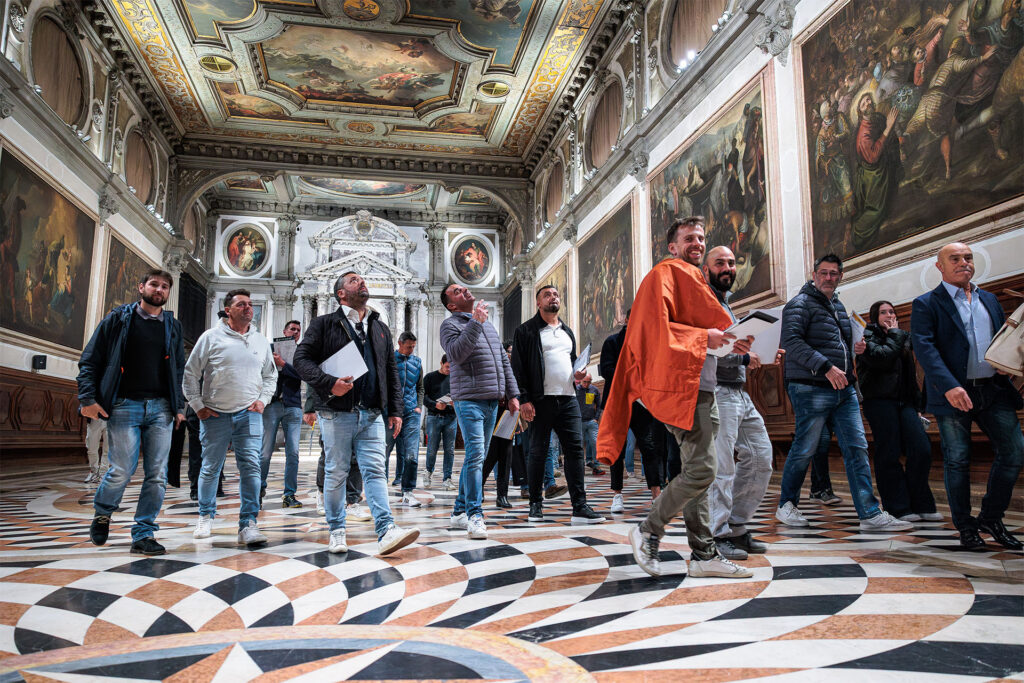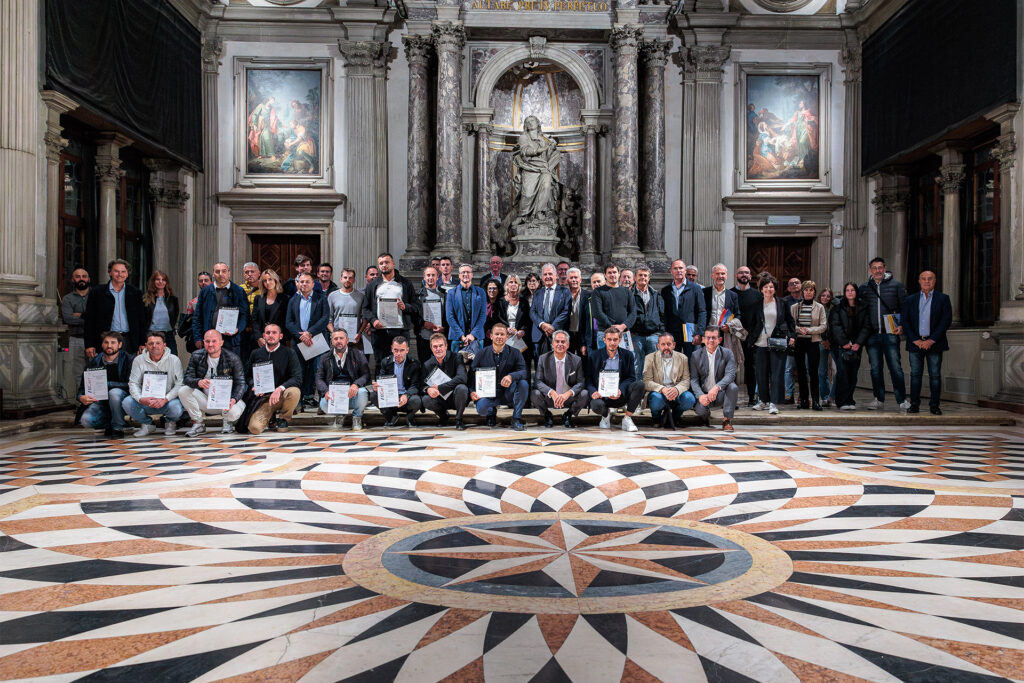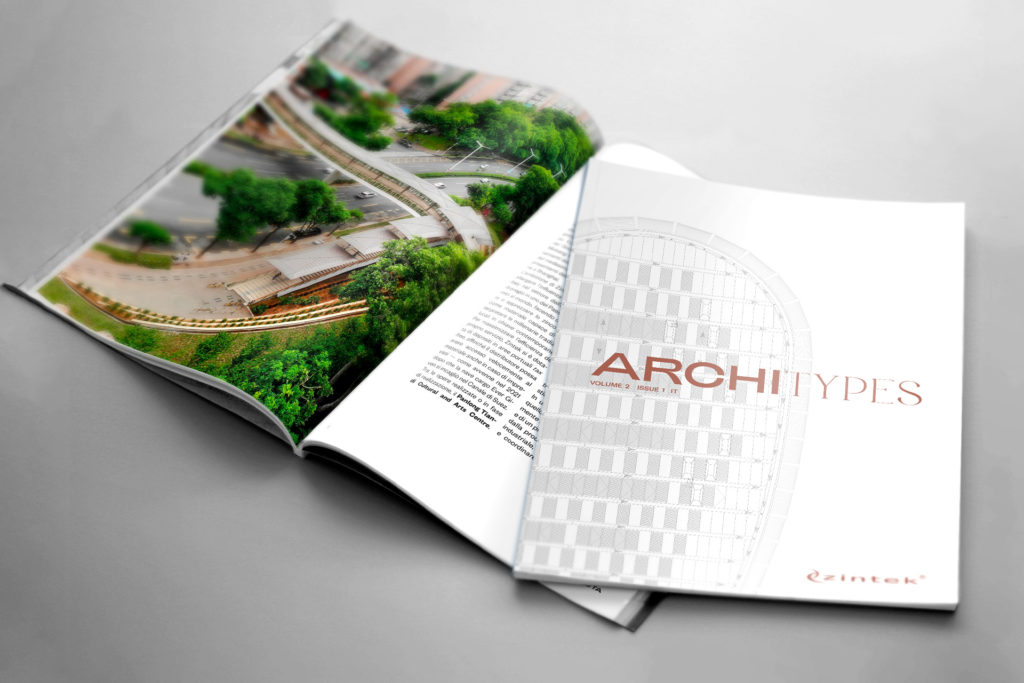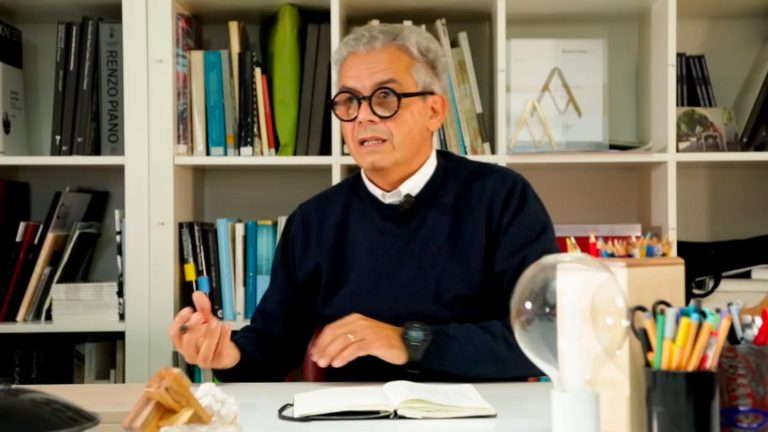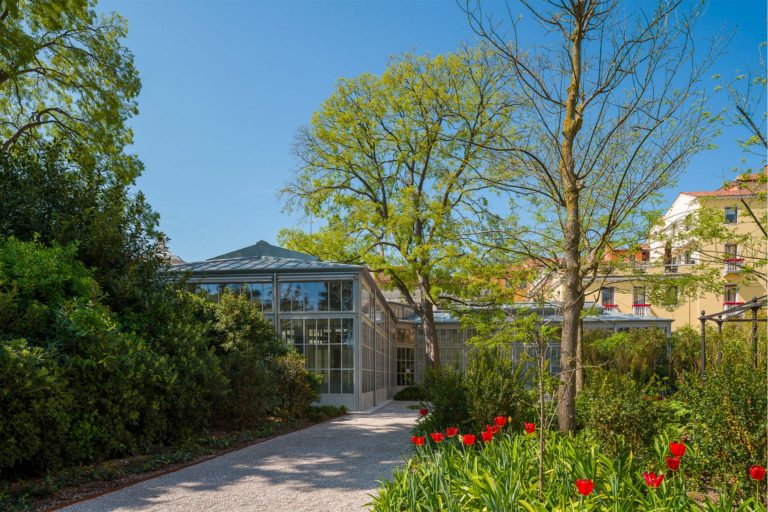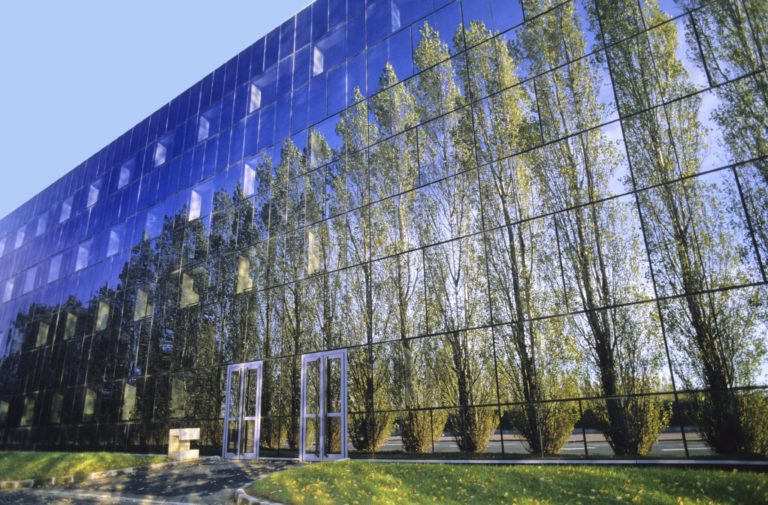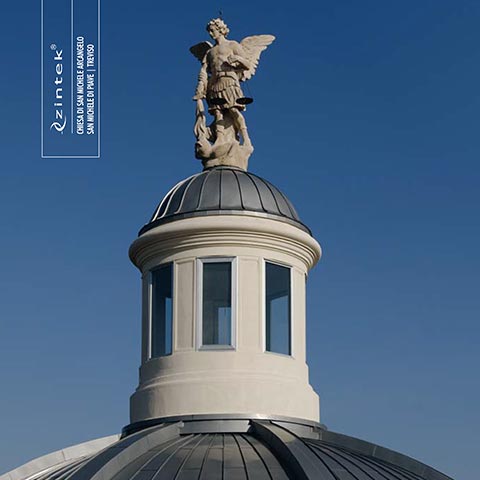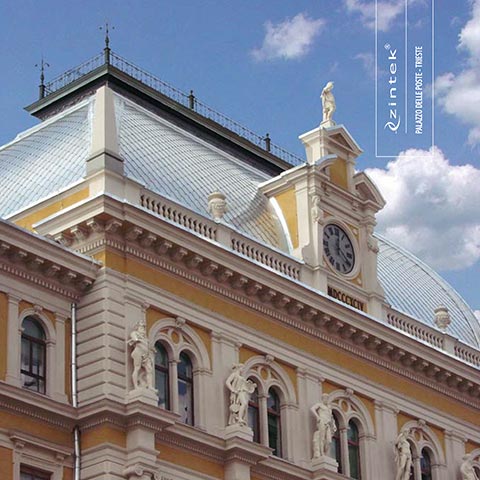- Project: Alberto Torsello, Carlo Aymonino, Gabriella Barbini
- Botanical restoration : Paolo Pejrone
- Supervisor of the Works: Alberto Torsello
- 2016-2019
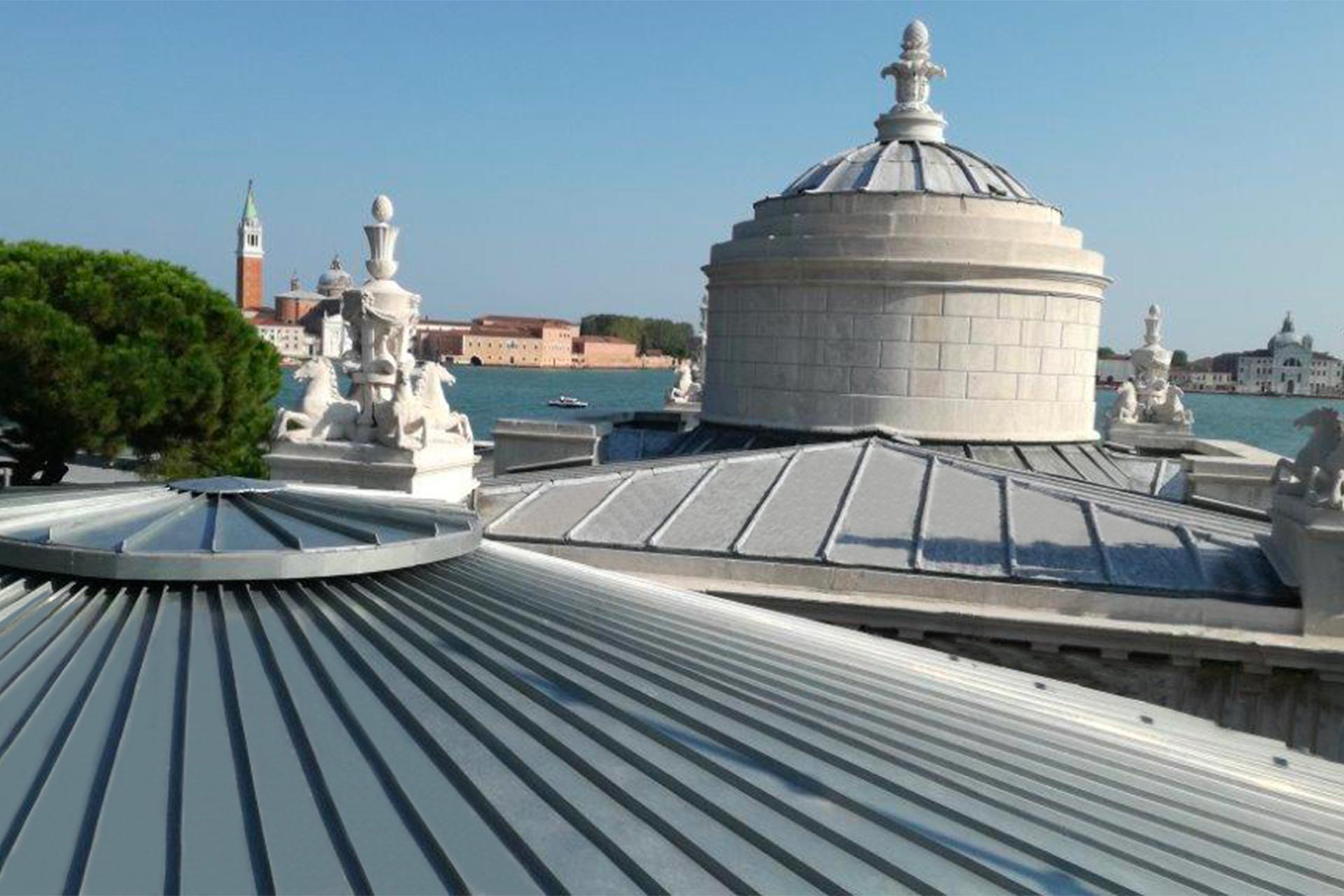
PRESERVATION AND RESTORATION FOR URBAN RENEWAL
When the intervention combines the ancient and the new and restores the connections between the different souls of the location
A preservation and restoration project is, by its nature, an intervention of recovery and restitution. The primary intent is to project a building into the future, keeping the old and the new together. That’s not all. There is another, much higher goal in preservation and restoration: that of re-establishing the connection between the components of an area, to create a dialogue between landscape and building. Preservation and restoration bring order, re-establishing harmony between the built parts and nature.
Restoration, however, proves to be truly successful if it is also innovative, that is, when the historical demands are fully reconciled with the functional, economic and sustainability demands. The innovation is dictated first of all by the use of the materials, that must be sustainable and functional.
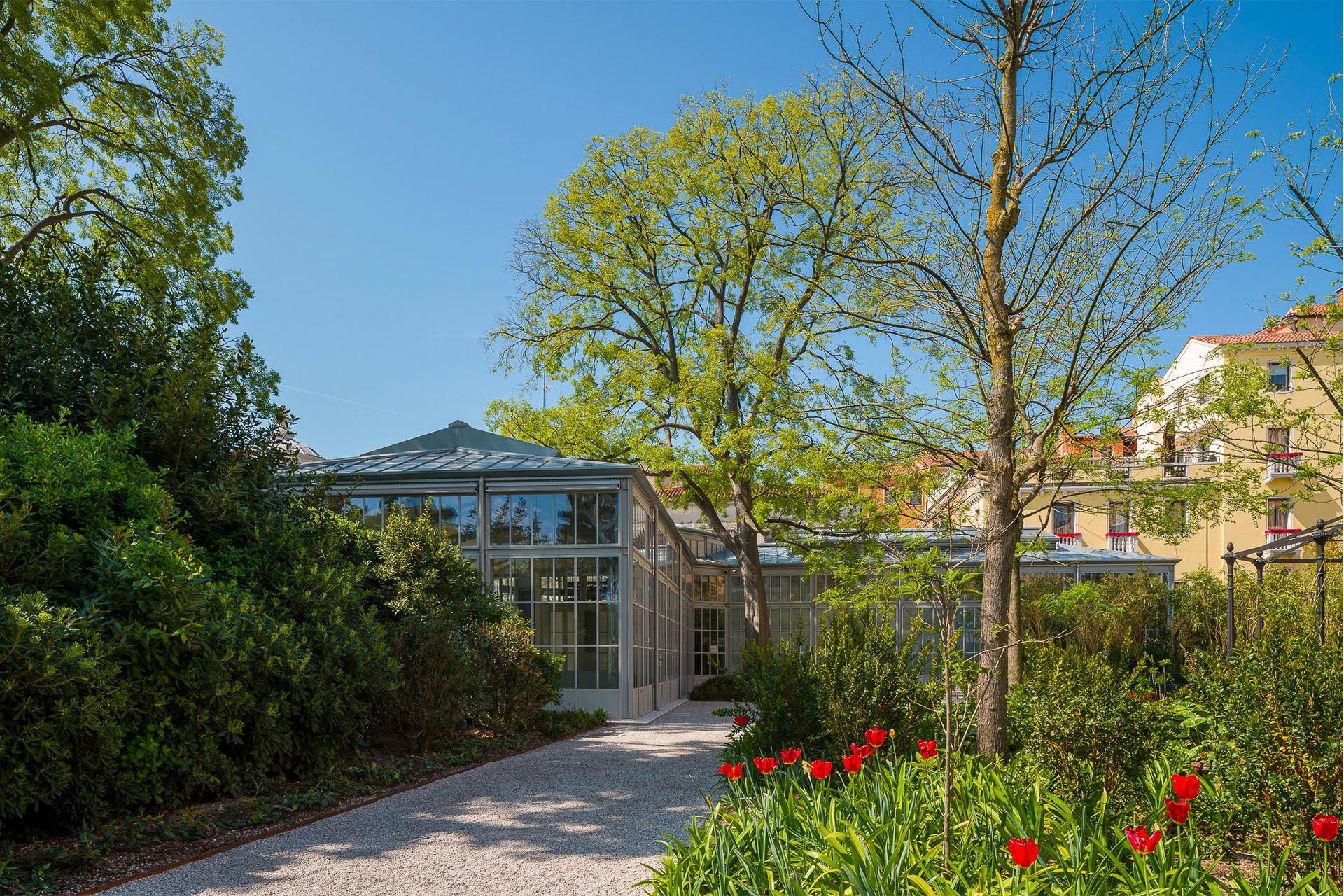
Restitution of the royal gardens of Venice: Zintek has laid the foundations for a new architectural renaissance
The Royal Gardens of Venice, commissioned by Napoleon Bonaparte in the early nineteenth century, were reopened in December 2019 thanks to complex restoration promoted and carried out by the Venice Gardens Foundation. The Foundation, in virtue of the State Concession Act and with a spirit of patronage, will handle the management and growth of the Gardens over time. The work on the botanical restoration was entrusted to Paolo Pejrone while the work on the architectural restoration and reinstatement of the Greenhouse was entrusted to Alberto Torsello from TA Torsello Architettura, who reverted to and interpreted designs by architects Carlo Aymonino and Gabriella Barbini.
The Royal Gardens are now connected once again to Piazza San Marco via a historical drawbridge. The Gardens, which are open to the public, extend over a surface area of approximately 5,000 square metres and overlook the San Marco Basin. They are surrounded by canals and, looking out onto these canals, stand the Correr Museum, the Imperial Halls of the Royal Palace, the Archaeological Museum and the Marciana Library.
Since the 1950s, the Napoleonic Gardens, a source of pride for the city throughout the nineteenth century, had progressively lost their balanced relationship with the neighbouring architecture and had been experiencing serious problems for several decades. The Cafèhaus, the neoclassical pavilion built by the architect Lorenzo Santi between 1816 and 1817, was also undergoing evident problems, while the nineteenth-century cast iron pergola, the gate and the historic drawbridge were in a state of neglect.
For the roofs of the Royal buildings, in particular the greenhouse, it was decided that a material considered to be the evolution and the contemporary version of lead would be used , in a sort of continuity with the lead present on the dome of the Pavilion of the Saints and on numerous other domes in Venice.
Zintek proved to be the ideal partner for carrying out this work. Its rolled titanium zinc was the best solution, not only for the ecological and functional aspects, but also for landscape and formal aspects. Zintek was able to dialogue with the designer, to understand the needs and identify the solutions even in delicate contexts like the garden of the most famous square in the world.
VIDEO INTERVIEW – Part 1
The Venetian architect Alberto Torsello tells us about the Royal Gardens and the architectural context.
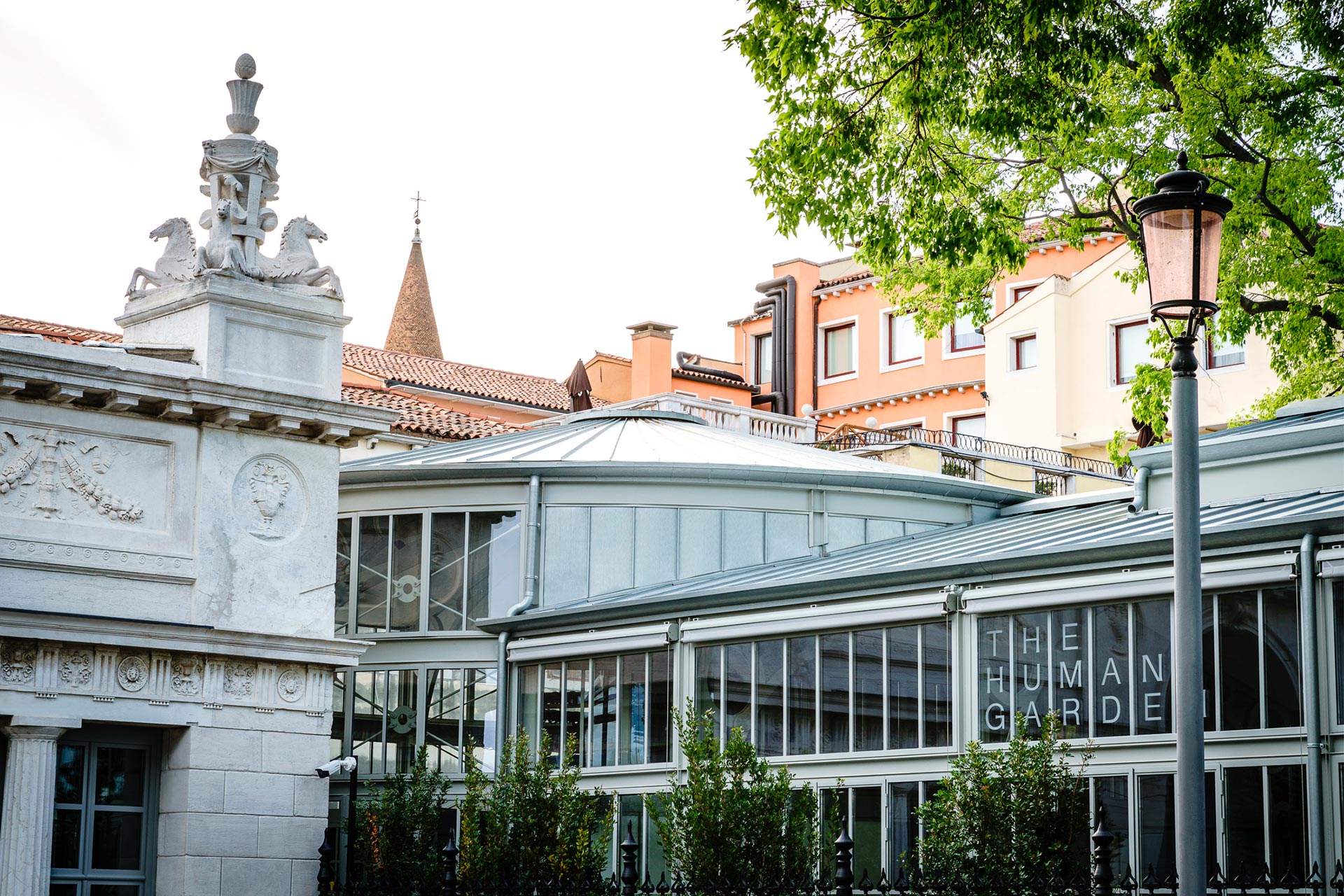
Titanium zinc creates a dialogue between ancient and modern and it proves to be a futuristic material
In this project, zintek® titanium zinc has a fundamental role, the role of a futuristic material.
It makes the ancient speak to the new, it becomes a harmonious part of the surrounding environment and it blends with the pre-existent elements.
Seen from the San Marco Basin, it looks as if the new greenhouse with the zinc roof is clinging to the Pavilion of the Saints and is embracing the Cafèhaus in a completely natural way, as if it had always been there. The relationship between the shadows, the colours and the domes is in itself a dialogue between old and new. The chromatic value of titanium zinc is a fundamental element: it is the colour of light, it is the colour of lead and it has a strong aesthetic value because it responds to light without interfering with it.
“It was not easy to put a new architecture next to neoclassical architecture – explains designer Alberto Torsello – and the material helped me a lot with this. This is innovative material, because starts from tradition, namely from metallurgy, but it has a very high performance in terms of yield and durability. It allows you to enjoy a relationship with matter and at the same time it has the characteristics of a futuristic material“.
VIDEO INTERVIEW – Part 2
The Venetian architect Alberto Torsello explains the reasons for his choice to use zintek® for roofing.
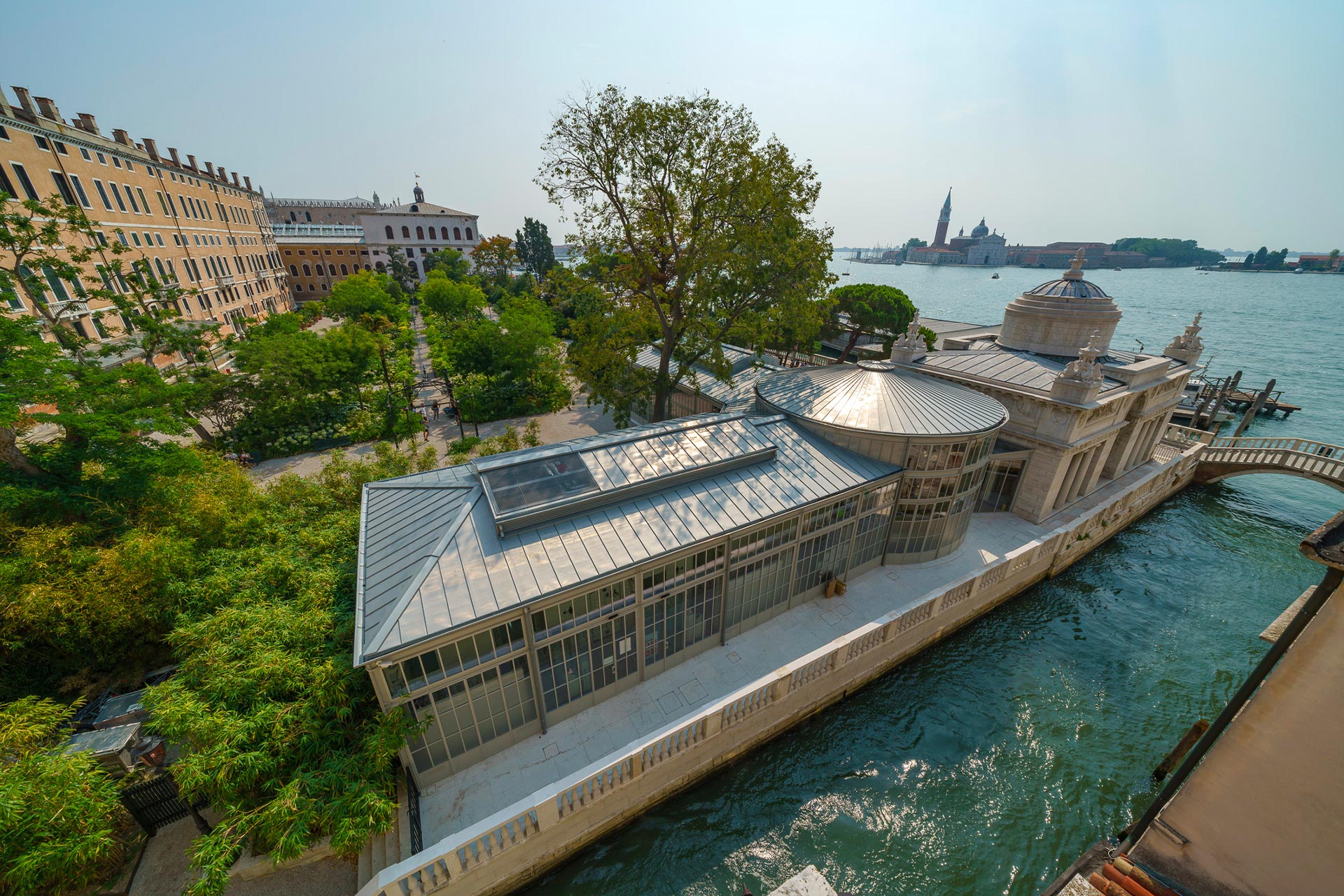
THE VALUE OF THE PROJECT:
Sustainability, roots in the territory, international impact
There are three concepts that best summarise the meaning of this intervention: urban renewal, reactivating connections, restitution of a landscape. In practice, the restoration has re-established connections between the components of the area that had been lost and it has reactivated the direct connection between squares and gardens, creating a circulation system that creates a dialogue between the parts, in a new architectural renaissance.
Thanks to the use of zintek®, the sustainability it expresses does not only mean environmental compatibility, but also the recovery of the energies of the past, as architects and builders did in past centuries. The concept of recycling is well embodied in the zintec titanium zinc material, which is 100% recyclable.
It is a valuable project also because it is made in Venice: the territoriality of its stakeholders becomes important and decisive for the success of the intervention. The design and architectural connections reflect the real connections between the Venetian TA Torsello Architecture studio and the Zintek company, which has been rooted in the Porto Marghera production site for 80 years.
“The constant and fruitful discussion with the company – says architect Torsello – was important: it allowed us to carry on quickly and profitably”.
VIDEO INTERVIEW – Part 3
The Venetian architect Alberto Torsello talks about the values of the restoration project.

